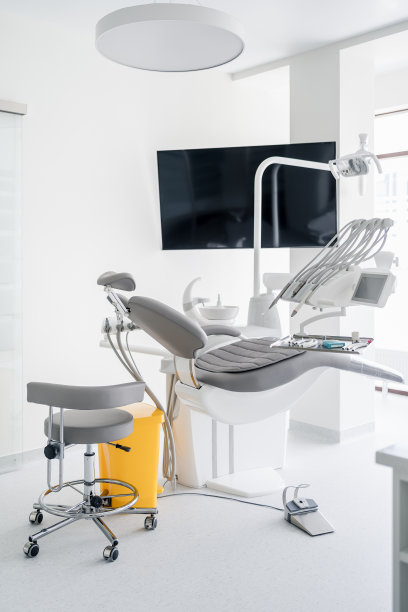The Process and Importance of Extracting a Tooth for Dental Health and Aesthetics
Summary: Dental extractions, while often viewed with apprehension, play a crucial role in maintaining both dental health and aesthetics. This article delves into the various facets of tooth extraction, highlighting its necessity in cases of decay, overcrowding, and potential infection. Well explore the stages of the extraction process, the importance of oral hygiene following the procedure, the implications for overall health, and the aesthetic considerations that arise from tooth loss. Understanding these elements can not only alleviate concerns surrounding dental extractions but also underscore their importance in achieving a healthy and beautiful smile.
1. Reasons for Tooth Extraction and Its Importance

Tooth extraction is often necessitated by various dental issues, primarily decay, overcrowding, or periodontal disease. In cases of severe dental caries, the damage to the tooth may be beyond repair, leaving extraction as the only viable option to prevent further complications. Allowing a decayed tooth to remain can lead to painful infections and affect surrounding teeth.
Overcrowding is another common reason for tooth extraction, especially in preparation for orthodontic treatments. If teeth are not aligned properly due to lack of space, extractions can facilitate the alignment process, resulting in improved oral functionality and aesthetics. Moreover, impacted wisdom teeth often need to be removed to avoid pain and complications such as systemic infections.
Furthermore, periodontal disease can create pockets of infection that may necessitate tooth extraction to safeguard the entire dental structure. Addressing these issues promptly helps maintain overall oral health and prevents more severe complications that could arise from neglect.
2. The Process of Tooth Extraction
The extraction process typically begins with a thorough examination and X-rays to assess the condition of the tooth and surrounding gums. During this preliminary assessment, the dentist will determine the best extraction approach, whether simple or surgical, depending on how the tooth is positioned.
During simple extractions, local anesthesia is administered, allowing the dentist to remove the tooth using specialized tools with minimal discomfort. In cases where the tooth is impacted, surgical extraction might be necessary. This involves incisions in the gum tissue and sometimes the removal of bone to access the tooth. This more involved procedure can result in longer recovery times.
After the extraction, the dentist will provide a comprehensive care plan that outlines steps for recovery, potential pain management, and signs to monitor for complications. Following these guidelines is essential for effective healing and to prevent infections.
3. Post-Extraction Care for Dental Health
Post-extraction care is crucial in averting complications and ensuring proper healing. Initially, patients are advised to follow a soft food diet and avoid strenuous activity for at least 24 hours after the procedure. Applying ice packs can help reduce swelling and alleviate discomfort during the recovery period.
Maintaining oral hygiene is also vital, but patients should avoid brushing directly at the extraction site for a few days to allow for proper healing. Rinsing gently with saltwater can help keep the area clean and promote healing while minimizing the risk of infection.
Patients should also be aware of signs indicating that something might be wrong, such as persistent pain, excessive bleeding, or fever. Timely reporting of such symptoms to a dentist ensures that complications can be addressed swiftly, safeguarding both the extraction site and overall oral health.
4. Aesthetic Considerations After Tooth Extraction
The loss of a tooth can significantly impact one’s aesthetic appeal and self-esteem. After an extraction, many choose to explore tooth replacement options, such as implants, bridges, or dentures, which can restore functionality and prominence to a person’s smile.
When considering aesthetic restorations, timing plays a crucial role. Dentists often recommend waiting until the extraction site is fully healed before proceeding with implants or other cosmetic procedures. This healing phase can take several weeks to months, and patience is essential during this period.
Additionally, advancements in dental technology have made it possible to achieve natural-looking replacements that blend seamlessly with existing teeth. Consultations with a dental professional can help patients navigate their options effectively, ensuring that both health and aesthetics are prioritized.
Summary:
In conclusion, extracting a tooth is not merely a procedure but a significant step in preserving dental health and enhancing aesthetics. By understanding the process behind extractions, the importance of post-care, and the available aesthetic options, patients can embrace the journey toward a healthier smile with confidence. Awareness and proactive measures can lead to improved overall health while supporting the aesthetic goals of dental care.
This article is compiled by Vickong Dental and the content is for reference only


